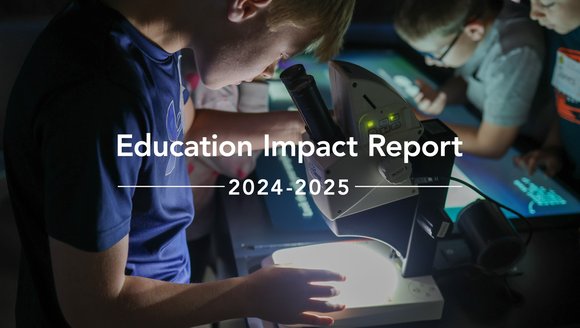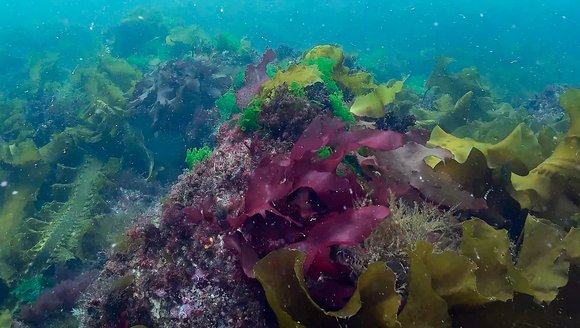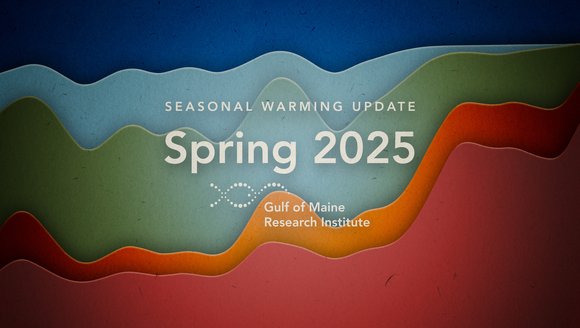Zooplankton and the Biological Carbon Pump
Quantifying the importance of zooplankton seasonal vertical migrations to the biological carbon pump.
Every year, tons of tiny zooplanktonic organisms known as copepods migrate deep in the ocean, where they hibernate during wintertime. During this hibernation (called diapause), they release carbon into the deep sea, contributing to the export of carbon from surface water to the depths. We aim to quantify the importance of this process to the global biological carbon pump, and its consequences for the Earth’s climate.
Project Goals:
- Map and quantify the populations of diapausing copepods in the Gulf of Maine and beyond.
- Quantify the contribution of different populations of diapausing copepods to the biological carbon pump, both in terms of carbon export and sequestration.
- Predict how diapausing copepods and their contribution to the biological carbon pump will shift in a warming climate.
Every year, large numbers of zooplankton migrate from the surface of the ocean to depths of 500 – 2000 m to hibernate. Through this migration, they actively transport organic carbon to the deep ocean, where it is used to fuel metabolic needs. This active transport of carbon is thought to be highly efficient, as carbon metabolized by copepods is directly injected deep into the ocean's interior. The significance of this process in view of global carbon cycling remains an open question. Out of the ~30 species of copepods that are known to perform seasonal vertical migrations globally, a preliminary analysis found enough information to compute carbon export and sequestration for only five of them, primarily located in the North Atlantic and the Southern Ocean. We found that the diapause of these five species were responsible for 0.4 – 0.8% of the global carbon export, and between 0.8 – 3.3% of total carbon sequestration.

Project Team:
-
![2024 – 25 Education Impact Report: 20 Years of Learning]()
2024 – 25 Education Impact Report: 20 Years of Learning
Read on to see some of the ways our education team made an impact across the state and beyond in the 2024 – 2025 school …
Reports
-
![Carbon Sequestration 101]()
Carbon Sequestration 101
One of the most powerful processes we know about, when it comes to slowing climate change, is the sequestration of carbon. Learn more about carbon …
Perspectives
-
![Gulf of Maine Warming Update: Spring 2025]()
Gulf of Maine Warming Update: Spring 2025
Read on for an inside look at what we've learned in our spring 2025 Gulf of Maine warming update.
Reports
-
![Marine Heatwaves 101]()
Marine Heatwaves 101
Learn about what marine heatwaves are and how they can disrupt coastal ecosystems and the communities that depend on them.
Perspectives



